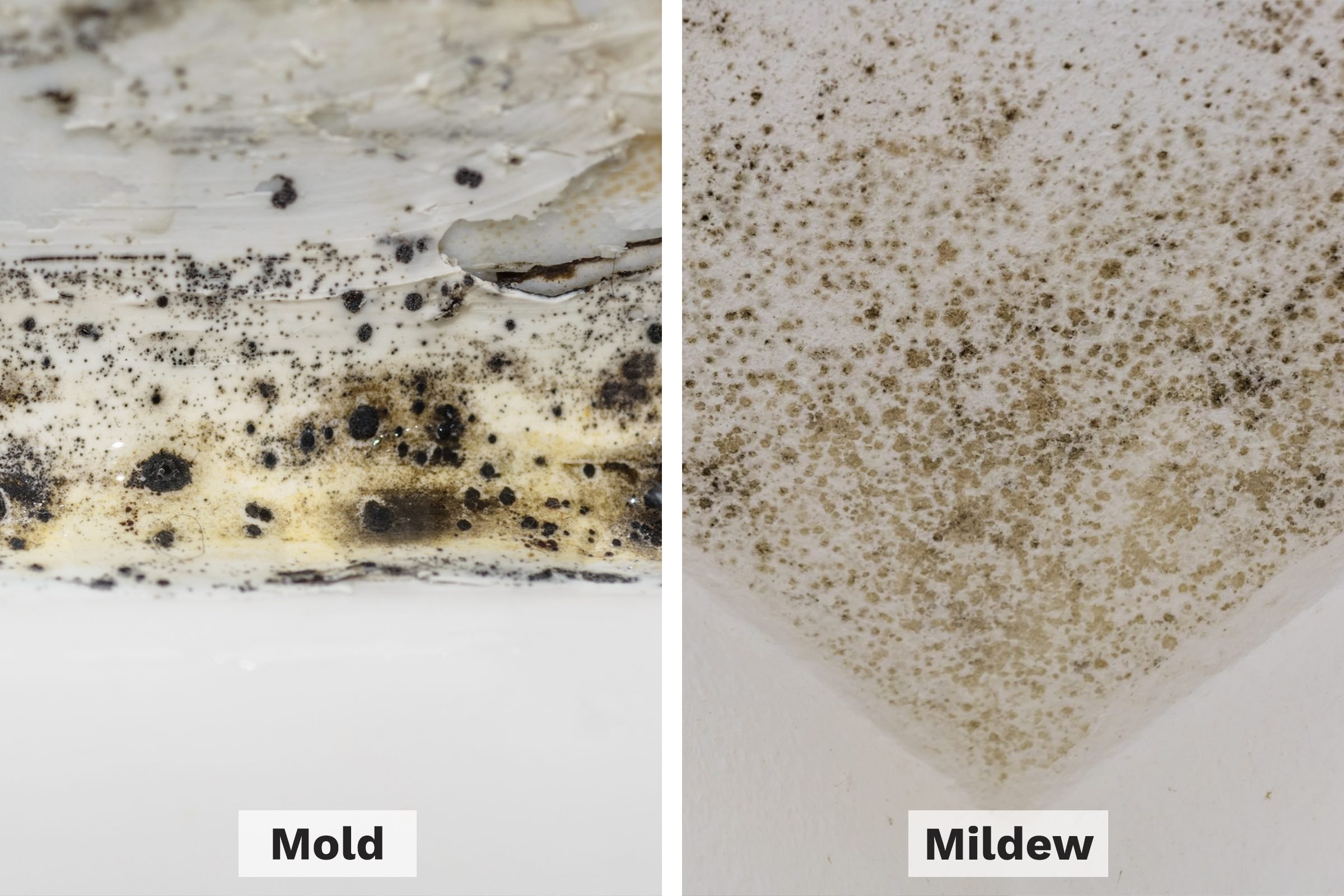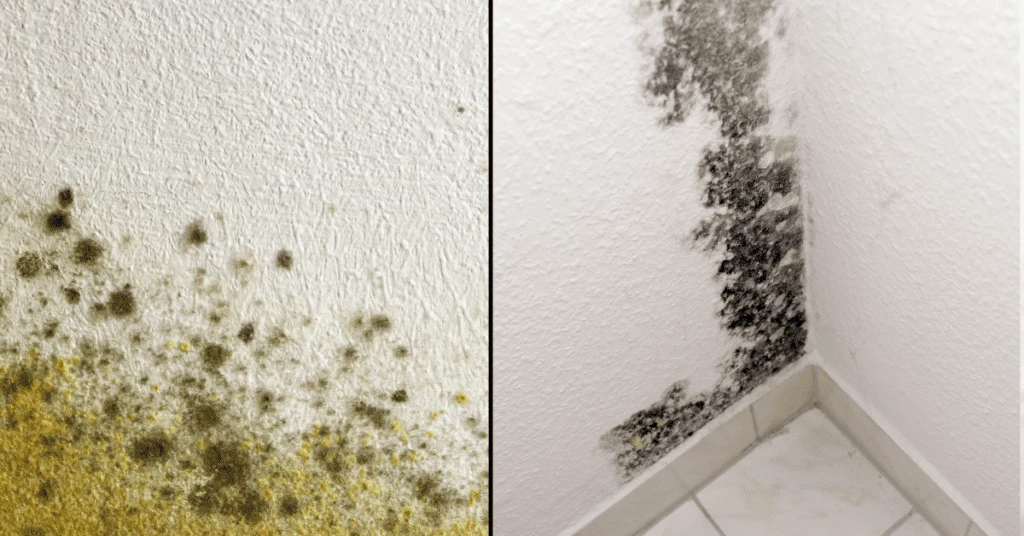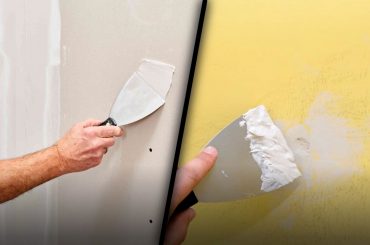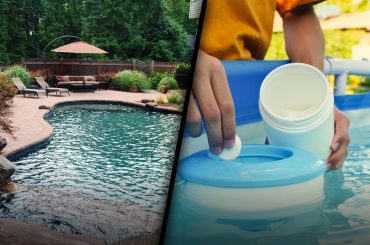It may seem like mold and mildew are the same, but they have some surprising differences. You can get rid of both permanently by following these steps.
Many households suffer from mold and mildew problems. Mold is believed to be present in up to 70 percent of U.S. households.
The effects of mold go beyond its surface appearance, even though it is an unwanted and often unpleasant guest in a household. In addition to causing asthma and allergies, mold can also cause upper respiratory infections. You may not realize how important it is to kill mold for your health.
In spite of their similarities, mold and mildew present different challenges when it comes to removal. You can tell them apart, and you can get rid of mold and mildew effectively.
What Is Mold?
Whenever moisture and oxygen are present, mold grows and thrives. Soil, plants, dead matter, and decaying matter are examples of places where mold can be found outdoors. Wood, carpets, paper, food, and insulation can all be affected by mold growth indoors.
What Is Mildew?
In general, mildew grows on moist, flat surfaces. A high level of moisture is ideal for the growth of this fungus on shower walls, windowsills, and other high-moisture areas. Blight, fungus, decay, must, and mildew are all terms used to describe mold and mildew.

Mold and Mildew, Compared
There are several key differences between mold and mildew, despite the fact that mildew is also a type of mold. Here are the differences and similarities between mold and mildew.
Colors
The biggest difference between the two is the color. Mildew is generally white or gray, while mold is usually green, red, blue or black.
Texture
Another important indicator is texture. Mold has a slimy or fuzzy appearance. Conversely, mildew tends to be powdery or dry.
Height
The height of mold and mildew can be used to tell them apart. Mildew appears flat, while mold is often raised.
Causes
Both are caused by the same culprit: moisture. Regardless of whether your home is inside or outside, mold and mildew can grow there. There are many sources of moisture that can lead to mold growth, including roof leaks, foundation leaks, excessive interior humidity, overflowing washing machines, flooding, and excessive interior humidity.
Smell
There is sometimes a difference between mold and mildew based on their smell. As mold grows, it becomes more pungent. Some people compare mildew’s smell to damp socks because it has a mild, musty smell.
Temperature tolerated
The growth of mold and mildew is favored by temperatures above 70 degrees Fahrenheit. It’s easy for bacteria to grow in appliances because they generate a lot of heat. Temperatures above 140 F or below 40 F usually stop mold and mildew from growing.
Where they grow
It is possible for mold to grow on paper, cardboard, ceiling tiles, and wood products. A leaky roof, window or pipe can also harbor it. Painting, wallpapering, and drywalling. Dusty spots and upholstery are also susceptible. There are many places where mold can grow, but it prefers flat surfaces, such as untextured ceilings and shower walls.
How they spread
Mold and mildew reproduce prolifically. Thousands of tiny spores are released into the air and water, which are invisible to the naked eye. This spore can grow extremely fast once it attaches.
How To Clean Mold and Mildew
There are different cleaning methods for mold and mildew. Use a mildew cleaner and scrubbing brush to remove mildew if you are only dealing with mildew. Then scrub away after five to ten minutes by spraying and letting sit. With a clean paper towel or cloth, remove any remaining mildew.
Zach Houghton, CEO of Loftera, a company that provides construction and renovation services in the U.K., says mold requires a more thorough cleaning process. If mildew needs to be removed, you can either use the above method or mix a homemade solution.
Houghton recommends using a spray bottle filled with two teaspoons of borax and 1/2 cup white vinegar. Allow the mixture to dry for 30 minutes, then spread it over the mold. By using white vinegar and borax in conjunction, mold and mildew can be removed from surfaces.” Rinse the area thoroughly with clean water and let it dry thoroughly.
Getting rid of mold completely may require professional assistance, according to Houghton. Any mold problem should be inspected by an expert in the long run, according to him. In spite of their death, molds still produce toxic spores, so even cleaning them doesn’t make them harmless.”
How To Prevent Mold and Mildew
Mold and mildew can be prevented in several ways. Mold or mildew growth on household items or surfaces, such as ceiling tiles, should be removed as soon as possible, according to Houghton. Keep your home’s humidity below 60 percent. A dehumidifier can help you manage humidity.
You can also prevent mold growth by cleaning your home twice a month. To keep moisture outside, run exhaust fans whenever you cook, wash dishes, or clean. Leaks should be cleaned up and repaired as soon as possible.





